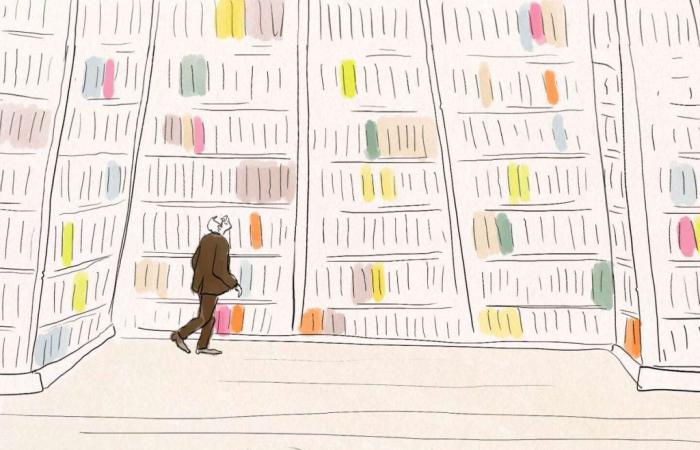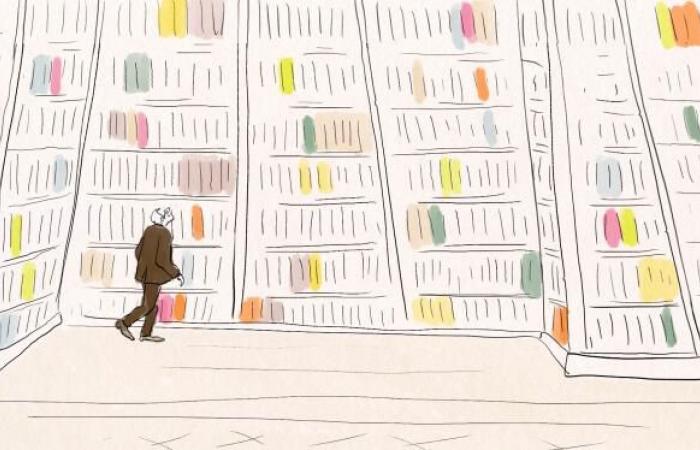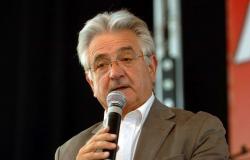FRANCE 5 – FRIDAY JUNE 21 AT 11:40 P.M. – DOCUMENTARY
This is the dark side, or rather light, of the author of Keep an eye on and punish (Gallimard, 1975) that Lise Baron undertakes to show us for the 40 years of the disappearance of this icon of French Theory who was Michel Foucault (1926-1984). It is therefore in full light, that of California, that the documentary begins. The year is 1975, Michel Foucault is at the wheel, on his way to Death Valley, two young Americans in the back seat, LSD in the glove compartment. This is how life goes at 100 miles per hour − “a flash”, “a unique work”, “a pop initiatory novel”says the commentary − of “one of the most read and commented on intellectuals in the world”. Which will end up crashing in June 1984 on the AIDS wall.
A life that begins in Poitiers, in a bourgeois family where one is a surgeon from father to son. The young Paul-Michel will choose to take up his pen, “like my father used the scalpel”, he would say later. For Foucault, dissection is an art. He will take it to heights rarely reached.
Denounce the norm
Attracted very early by boys, the younger Foucault wants “understand, understand others, perhaps also understand oneself, (…) this anxiety of difference, this injunction of the norm”, says the voice-over commentary. A norm that he will never stop denouncing, deconstructing, dissecting, therefore. To manage his discomfort, the young man “will appeal very early to the philosophers: Kant, Hegel, Marx, Plato and Aristotle”. And to psychoanalysis, enrolling in Lacan’s seminars at Sainte-Anne between 1953 and 1963.
Michel Foucault, the philosopher and the goldfish unfolds the “successive metamorphoses” of the committed intellectual, who never ceased to emerge from his ivory tower as a thinker, anchored in his century. He anticipated very early the impact of audiovisual technology to make philosophy an art of combat.
Read also: Article reserved for our subscribers Michel Foucault: in “The Philosophical Discourse”, the thinker sheds light on the secret framework of philosophy
Add to your selections
The animated images mixed with those from archives clearly illustrate how the “psychedelic philosopher” will manage to make arid philosophy almost accessible to the greatest number of people, in the swingin’ sixties. In 1966, his second book, Words and things (Gallimard), in which he claims, on television on the set of Pierre Desgraupes (1918-1993), “an archeology of what is contemporary to us”will become, “with the Courrèges skirt, one of the essential accessories for trendy holidays”says the comment, of which we don’t really know what part of the irony is…
From the Henri-IV high school (in Poitiers then in Paris) to the Collège de France, via the universities of Uppsala (Sweden), Warsaw and Clermont-Ferrand, the committed – and sometimes enraged – philosopher will very early on look into madness. That of men and that of society, which in the Age of Enlightenment made it a mental illness for better “establish bourgeois order”he denounces in History of madness in the classical age (Plon, 1961). A “archetypal case of the absolute and young intellectual: outside of time”will write The world when the book was published in July 1961.
Michel Foucault, the philosopher and the goldfish. Documentary by Lise Baron (Fr., 2024 – 53 min). Collection “Rebels or the art of shaking up”, France 5.







